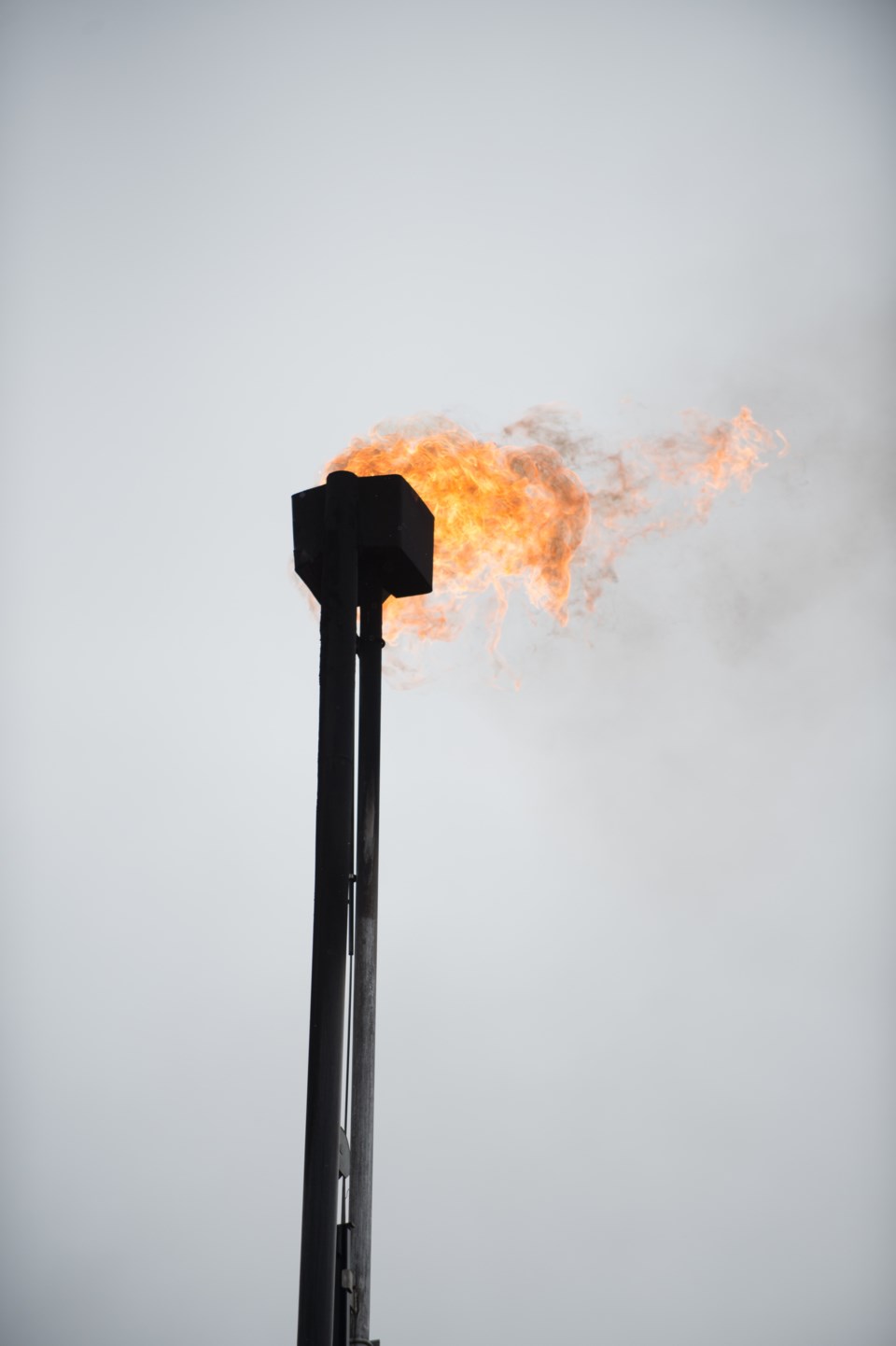Estevan – For Warren Waldegger, president and CEO of Estevan-based junior oil producer Fire Sky Energy, the provincial government’s steering the competitiveness issue to the federal government isn’t the whole truth.
“They’re the regulator,” he said on April 16. “If we’re uncompetitive, it’s typically on the Saskatchewan government, more than the feds.”
And on that day, several other junior oil producers echoed concerns about how competitive Saskatchewan is now as an oil producing jurisdiction, given the Donald Trump administration’s large corporate tax breaks and the anticipation of tax breaks in Alberta from the new Jason Kenney United Conservative Party government. It was Alberta’s election day, and indeed, Kenney won, promising to dramatically reduce red tape and cut business taxes.
Waldegger noted that while Saskatchewan scrambled to move towards its own climate action plan, oil and gas ended up being the poster child for that plan.
“Methane reducing changes will have a serious implication on investment and activity in our province, and we really didn’t solve anything. We’re still being subject to the carbon tax, and we have both of these things on our plate,” he said.
Waldegger felt the industry consultation on recent methane emission reduction regulations were pretty weak. “Most of our concerns were easily discarded,” he said.
One fundamental issue he is concerned about is the lack of infrastructure to tie into gathering systems, both for oil and for natural gas. He said it’s very tough to justify connections into oil or gas infrastructure, from an economics point of view.
Part of that has to do with geology. While he noted some people might think of southeast Saskatchewan as broad resource plays like the Bakken, in fact the “meat and potatoes” is the Mississippian conventional production made up of small pools. Once five or six wells are drilled in that pool to delineate it, that pool is already in decline for the next half dozen wells which will be drilled over the life of the pool. These small pools have a limited amount of gas, which in turn makes it uneconomic to tie into gas lines.
“These are very distinct, small pools with limited amount of gas. Gas is the byproduct. It’s not the product we’re after.”
Jon Hromek, who is the president and CEO of Adonai Resources II Corporation, pointed out that Alberta has much better geology than Saskatchewan, but Saskatchewan used to have a better regulatory environment. Waldegger concurs, pointing out that in Alberta, there’s much better gas gathering infrastructure than in Saskatchewan. It also typically has more targets to produce from.
The new regulations covers basically every source of emissions, from tanks and valves to flares. But in addressing these emissions, Waldegger notes some changes don’t make a lot of sense.
For instance, by running valves off of field gas, he said, “There’s no more efficient system to do that with. You’ve already got the energy source captured on location, in a remote location, typically. So it makes no sense to try run those off a compressor, when we already have gas that is compressed in our vessels. The things we’re trying to do, we’re going backwards. We’re going to ignore the impacts of the construction of that compressor, and running that compressor off electricity, instead of using the source of energy we already have on location.”
He noted these are very minute emissions sources.
“If you look at the last decade, it’s building one thing on top of another, onto the industry,” he said, pointing to Directive S-10, burner regulations, and now these new methane regulations. “The only thing they’ve really kept consistent is the royalties, and that was from the previous regime.”
Asked if it’s death by 1,000 cuts, he replied, “It’s feeling that way.”
“We’re also looking at new pipeline licensing, a new regulation. And they’re telling us, it’s not cheap. New estimates for building this pipeline module in IRIS is very high, and industry is bearing 90 per cent of that through the levy.”
That levy was introduced by this provincial government, meaning that industry pays for growth in the bureaucracy.
Would it all be solved by $100 oil? Waldegger doesn’t think so, saying, “There’s been major changes to the financial backbone of our industry, and that goes back to dissolving the royalty trusts, way back then.”
Those royalty trusts, which were dissolved by the federal government, provided a buyer, and an exit strategy, for small producers.
He said in talking to the mergers and acquisition people, there’s basically 50,000 to 60,000 barrels of oil per day production for sale in southeast Saskatchewan and Manitoba with no apparent buyer. That includes companies going public.
“There’s no obvious liquidity market,” he said.
The whole plan for a company like Fire Sky is to provide investors with liquidity.
“I would say we have serious concerns over the competitiveness of our industry, and the trend. The trend is not good. There’s a lot of additional costs and manpower to deal with new processes and procedures. We can’t keep looking at the federal government and saying they’re the problem, yet we keep creating new processes in our own province,” Waldegger concluded.




